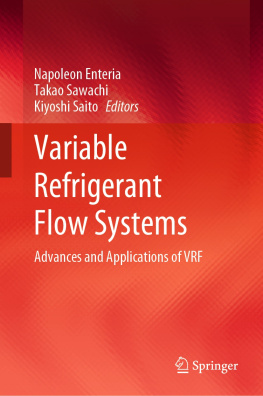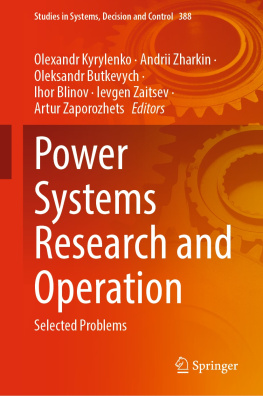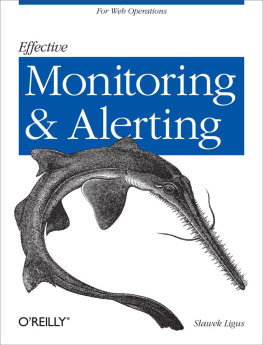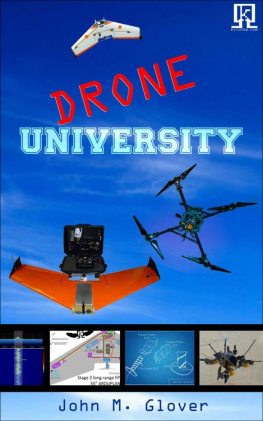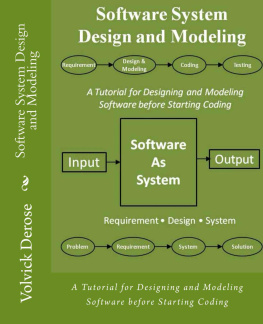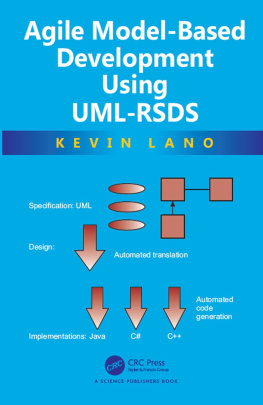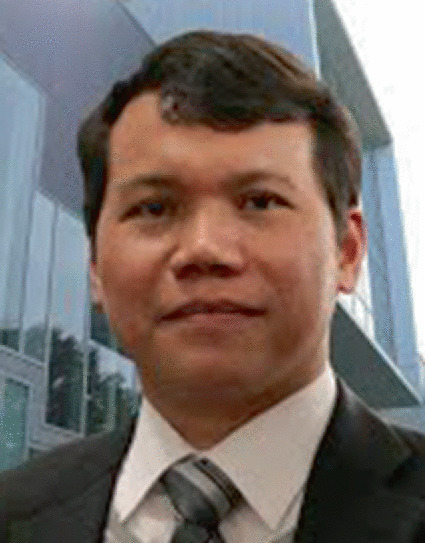Editors
Napoleon Enteria
Department of Mechanical Engineering and Technology, College of Engineering and Technology, Mindanao State UniversityIligan Institute of Technology, Iligan, Philippines
Takao Sawachi
Building Research Institute, Tsukuba, Japan
Kiyoshi Saito
Waseda University, Tokyo, Japan
ISBN 978-981-19-6832-7 e-ISBN 978-981-19-6833-4
https://doi.org/10.1007/978-981-19-6833-4
The Editor(s) (if applicable) and The Author(s), under exclusive license to Springer Nature Singapore Pte Ltd. 2023
This work is subject to copyright. All rights are solely and exclusively licensed by the Publisher, whether the whole or part of the material is concerned, specifically the rights of translation, reprinting, reuse of illustrations, recitation, broadcasting, reproduction on microfilms or in any other physical way, and transmission or information storage and retrieval, electronic adaptation, computer software, or by similar or dissimilar methodology now known or hereafter developed.
The use of general descriptive names, registered names, trademarks, service marks, etc. in this publication does not imply, even in the absence of a specific statement, that such names are exempt from the relevant protective laws and regulations and therefore free for general use.
The publisher, the authors, and the editors are safe to assume that the advice and information in this book are believed to be true and accurate at the date of publication. Neither the publisher nor the authors or the editors give a warranty, expressed or implied, with respect to the material contained herein or for any errors or omissions that may have been made. The publisher remains neutral with regard to jurisdictional claims in published maps and institutional affiliations.
This Springer imprint is published by the registered company Springer Nature Singapore Pte Ltd.
The registered company address is: 152 Beach Road, #21-01/04 Gateway East, Singapore 189721, Singapore
Preface
The global issue on energy and environment became a serious as concern for sustainable and reliable supply of energy sources will not affect the environmental sustainability. Issues related to the application of the heating, ventilating, and air-conditioning (HVAC) system to maintain the environment or space consumed sizable amount of energy and contributed to the stress of energy supply and environment stability. Hence, development of energy-efficient HVAC technologies is a constant challenge.
There are different HVAC technologies which depend to the application and energy source. There are on-going researches and development efforts on the refinement of different HVAC technologies to make it energy-efficient and reliable. Development of new materials, working fluids, and hybrid system has become some of the directions of the advancement of the HVAC engineering. Hence, some of these systems are now the subject of intense research and development effort.
The variable refrigerant flow (VRF) system is one of the HVAC systems with intense effort of research and development. The VRF system can be classified as single-loop (simple) and multi-loop (complex) which are the two common systems available in the field. There are commercialized VRF systems, systems under testing and trials, systems under laboratory evaluation, and systems under basic research. Hence, the VRF system is one of the important topics for HVAC engineering.
The editors are thankful to the invited experts for their contributed article in this book. Despite their very busy schedule with several commitment, they are still motivated to contribute a chapter with their expertise. The editors are also thankful to the reviewers for their untiring support for the evaluation of the book. The editors are also thankful to the publishers for giving us opportunity for the publication of this book. The editors are also thankful to our family for the full support for making this book possible.
Napoleon Enteria
Takao Sawachi
Kiyoshi Saito
Iligan, Philippines Tsukuba, Japan Tokyo, Japan
Contents
Napoleon Enteria , Takao Sawachi and Kiyoshi Saito
Tomohiko Imamura
Chaobin Dang , Shizuo Saito and Eiji Hihara
Liang Xia and Isaac Lun
Ali Sohani , Fatemeh Delfani , Mohammadmehdi Hosseini , Yabin Guo , Ala Sadooghi , Siamak Hoseinzadeh and Hoseyn Sayyaadi
R. Parameshwaran and R. Karunakaran
Napoleon Enteria , Hideki Yamaguchi , Masato Miyata , Takao Sawachi and Yasou Kuwasawa
Napoleon Enteria , Hideki Yamaguchi , Masato Miyata , Takao Sawachi and Yasou Kuwasawa
Wenxing Shi , Baolong Wang , Hansong Xiao and Zixu Yang
Hanlong Wan , Yunho Hwang and Reinhard Radermacher

